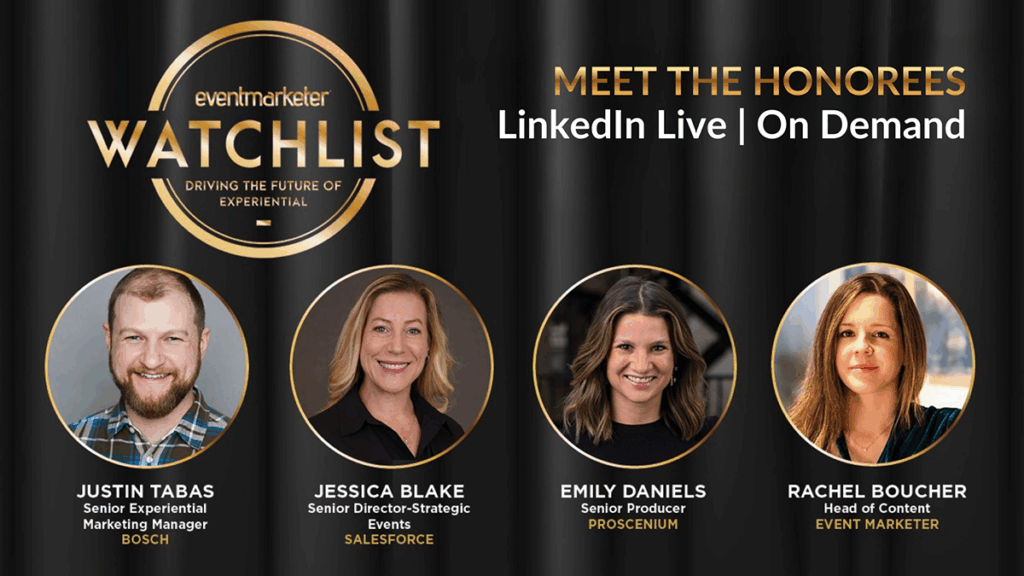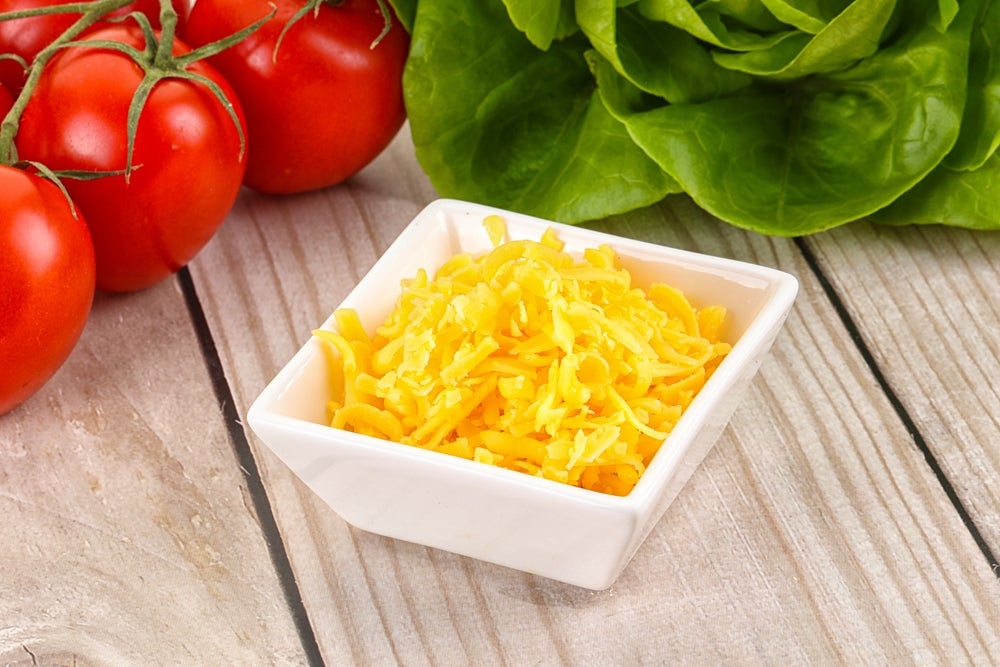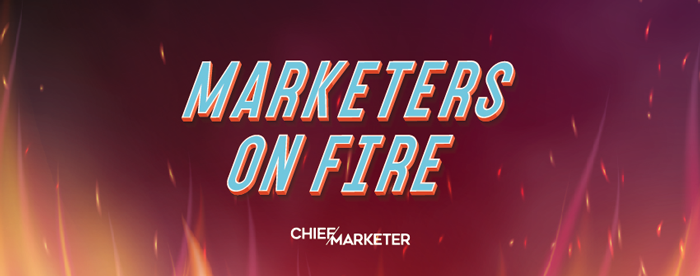
Walgreens launched its first weeklong savings event this week, dubbed “myW Days,” which offers members of its myWalgreens loyalty program increased cash rewards, daily deals and other benefits for its more than 110 million participants. The marketing goals are twofold: new member acquisition and driving online and in-store transactions from current subscribers.
Aside from its duration, the promotion differs from others in its focus on rewarding loyalty and engagement, the richness of the rewards and the ease with which benefits are redeemed, according to Walgreens CMO Linh Peters. “This is the first time that we’ve done this type of promotion campaign,” she said. “It is focused on rewarding our members for their loyalty and engagement with us. Over the course of a week, our members can earn upwards of a hundred dollars-worth of myWalgreens cash.”
The other key component is highlighting convenience. “Sometimes when brands execute these types of things, there’s a lot of terms and conditions that go with it. We were intentional about making this as easy and as seamless for our customers as possible, so they’ll be able to earn across all of the channels and ways into Walgreens, whether they’re purchasing in-store or on the app,” she said. “We’ve made it so that they are getting the richest rewards on the categories that they personally shop the most with.”
We spoke with Peters about the promotional event; the brand’s recent pivot towards marketing itself as a more healthcare-focused company; her philosophy on launching loyalty programs and managing growth; and lessons learned while building a career as a diverse woman in marketing.
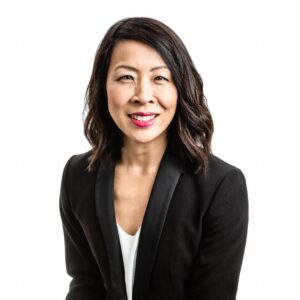
Chief Marketer: How is this loyalty promotion different from others you’ve done in the past?
Linh Peters, CMO at Walgreens: This is the first time that we’ve done this type of promotion campaign. It’s different than Prime Days, Walmart… and how some of the other retailers are doing it. It is focused on rewarding our members for their loyalty and engagement with us. It’s probably the richest program that we’ve done in our history. Over the course of a week, our members can earn upwards of a hundred dollars-worth of myWalgreens cash.
The other component of the program is that we’re making it really easy. Sometimes when brands execute these types of things, there’s a lot of terms and conditions that go with it. We were intentional about making this as easy and as seamless for our customers as possible, so they’ll be able to earn across all of the channels and ways into Walgreens, whether they’re purchasing in-store or on the app. We’ve made it so that they are getting the richest rewards on the categories that they personally shop the most with.
The final piece is that we’re also rewarding our team members. We have some very specific offers and promotions that our team members will be able to take advantage of. We want to thank them because they’re the ones that, on a day-in and day-out basis, are serving our customers in-store.
CM: So the rewards accumulate faster during this period?
LP: Yeah. It’s just the level of the reward. Our everyday program is a one percent earn, and a five percent earn on owned brands. One of the rewards [this week], for example, is 20 percent back on all of your purchases. That is significantly higher. It will be across the front of the store and across our pharmacy. If you’re purchasing in our pharmacy, we’re increasing the richness of the offer. It goes from one percent to five percent. And if somebody opens a credit card during this week, they’ll also get a $50 cash reward. So there’s multiple ways in; we wanted to allow our members to take advantage of what worked for them.
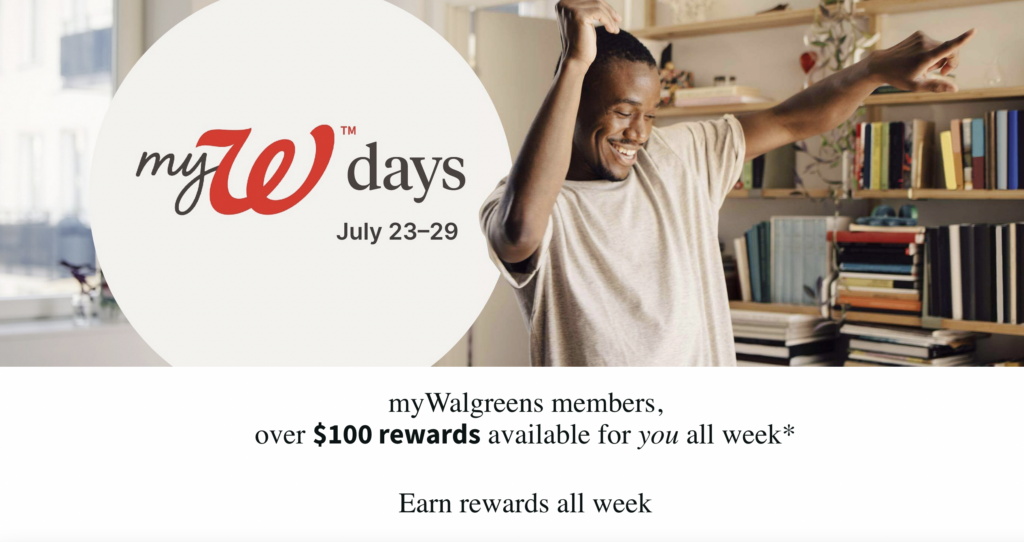
CM: What will make this a marketing success?
LP: Acquisition of new members is one goal. The other one is for our existing membership base, we want to drive traffic and transactions in-store. The myWalgreens cash comes back into the store at a later point in time, so we look at the incrementality on those rewards and what it drove.
CM: You’ve had experience launching loyalty programs and managing their growth at multiple brands. What’s your strategy there?
LP: Number one, loyalty programs absolutely need to be an enterprise priority, and they need to be thought of as a strategic growth driver. They are not just promotions and discounts, and they’re not just a thing that marketing owns. Where I’ve seen the most success, including Walgreens, is when you’re thinking about how each part of the business can help support it and enable that loyalty program or strategy.
The second piece is that when you’re defining a loyalty program, the value proposition around it and the benefits, it’s important to make sure that it is based on consumer needs and what you would need to drive long-term growth. Sometimes people see loyalty programs as a one-and-done or quick win. The best programs I’ve seen are focused on how do we create something that’s differentiated for the consumer, how do we think about driving long-term loyalty? It’s not just about creating a program that’s the least expensive to have.
The last piece is that you need to create flexibility in your program and the way that you run it, because you’re going to have to continue to address changing customer needs. You’re going to have to change your martech platform to keep up with whatever capabilities or experiences there. And even things like data privacy. There’s a multitude of things you’ll need to address, but making sure that you have flexibility in the strategy and also the operating model is really important.
CM: You’ve held the role of CMO for about a year. What has been your focus for the brand during that time?
LP: I focused on three things in my first year at Walgreens. The first one is our new purpose and vision: being a healthcare company of the future. That has required us to change our marketing, our brand and creative expression. We have started to put it out into the marketplace. If you look at the history of the Walgreens brand, it’s been much more fun. There’s been more levity and humor in it. In order to gain ground in terms of equity and awareness as a healthcare company, we focused on pivoting what the brand represents. It’s things around tone, look and feel, and exuding more empathy, humanity, trust, warmth. You’re talking about helping people take care of their lives and their families’ lives, and showing up in a more humanized and personal way.
The second piece is that historically we have focused mainly on our retail business. But now that we are going into healthcare, we need to connect the dots between the retail services, offerings and experiences that we have to our healthcare business as well as our pharmacy business. How do we bring those things together more cohesively so that the customer understands what our value proposition is? And how can we help them better manage their health? And then, how do we make sure that’s a much more seamless experience across the three different areas of the business?
The final one is more logistical. We made the strategic decision to increase our in-house creative studio. For a lot of our previous work, we were working with a multitude of agencies. We wanted to bring that expertise and creative strategy in-house, so we have really built up that team. Our head of creative is Jen Quotson, who previously led the creative studio at Starbucks. Her phenomenal background, expertise and creative thought leadership will be huge for us as we continue to pivot the brand.
CM: Walgreens recently announced store closures in the U.S. How will that affect your marketing approach?
LP: Store closures is a component of any retailer bringing in business. For us in marketing, it’s about proactively communicating and marketing to the customer so that they understand when something’s happening in their market, and then more importantly, making the transition to their nearest Walgreens pretty seamless. It’s everything from communicating operating hours to how to transfer prescriptions for them. Some elements of our marketing or customer experience are at the localized level and making sure that we’re getting ahead of that, if we unfortunately have to close doors.
CM: Lastly, as a diverse woman who built a career in marketing, do you have any lessons to share?
LP: One of the things I always tell people is that as I built my career, I focused less on titles. Sometimes when people focus on titles, you either narrow your opportunities, or you’re focused on the wrong thing. For me personally, it’s the roles themselves and what they entail. Am I gaining new skills? Am I gaining new experiences? How will this role provide a stepping stone to the next one to two roles that I might have in my career?
The other thing is, as a diverse woman I have built both an internal and external network of advocates and sponsors. It’s incredibly important to have that. But now as I’ve gotten higher up in my career, I am playing that role for other people and taking a more meaningful investment in people.
I always tell people you should take on the assignment or the challenge or the project that nobody else wants to do. Because there’s a lot of opportunity in doing the hard stuff, and that will generally bode well for you in terms of the experience that you get, but also you’re helping to solve a problem or an issue for the organization.
The final thing is that your personal brand and reputation really matters. What you do now and how you show up will continue to follow you throughout your career. A lot of the opportunities that I’ve had in my career were born out of roles or experiences or connections that I made from many years ago. It’s not just about how you show up currently. All of that stays with you and people will remember that many years after you left a company or left a job.



